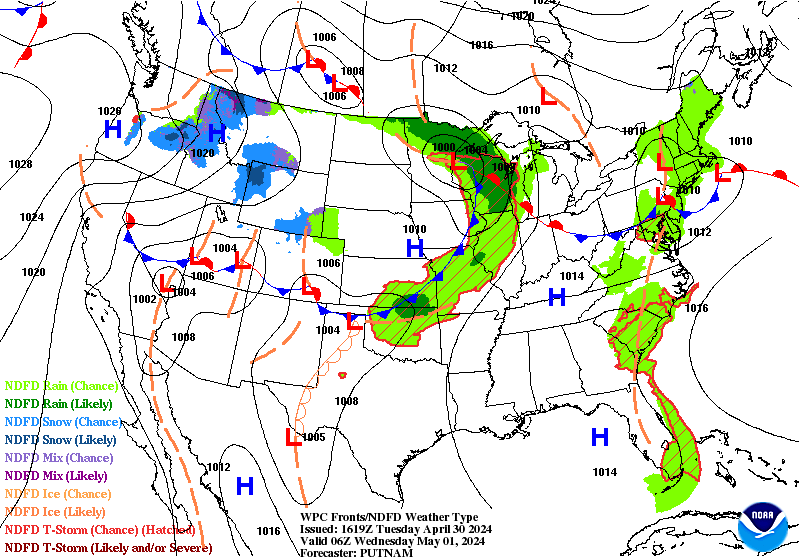Wyoming SNOW REPORT
April 19 2024
Wyoming's snow enthusiasts can anticipate generally stable snowpack conditions across the state, with no significant snowfall foreseen in the immediate five-day forecast for most areas. Currently, the snowpack depths are varied, with higher elevations naturally showcasing more substantial depths; for instance, Grand Targhee boasts a remarkable 102 inches despite a recent decrease of 4 inches in the last 24 hours. Notably, Blackhall Mountain and Med Bow present considerable snowpacks of 82 and 103 inches, respectively, although both locations have witnessed a slight reduction in snowfall recently. Such consistent snow depths are favorable for winter sports, particularly in prominent ski destinations like Grand Targhee Resort, which should continue to offer excellent conditions for skiing and snowboarding.
However, a closer look at the data reveals a mixed trend in snowpack conditions, with several areas experiencing minor decreases in snow depths. Base Camp and Battle Mountain, for example, have seen a decrease ...
Wyoming's snow enthusiasts can anticipate generally stable snowpack conditions across the state, with no significant snowfall foreseen in the immediate five-day forecast for most areas. Currently, the snowpack depths are varied, with higher elevations naturally showcasing more substantial depths; for instance, Grand Targhee boasts a remarkable 102 inches despite a recent decrease of 4 inches in the last 24 hours. Notably, Blackhall Mountain and Med Bow present considerable snowpacks of 82 and 103 inches, respectively, although both locations have witnessed a slight reduction in snowfall recently. Such consistent snow depths are favorable for winter sports, particularly in prominent ski destinations like Grand Targhee Resort, which should continue to offer excellent conditions for skiing and snowboarding.
However, a closer look at the data reveals a mixed trend in snowpack conditions, with several areas experiencing minor decreases in snow depths. Base Camp and Battle Mountain, for example, have seen a decrease of 3 inches, with snowpacks now at 37 and 13 inches respectively. The variations in snowpack and recent reductions, albeit minimal, indicate localized fluctuations but no widespread snow deficits that would impact winter activities significantly. Snowpack depth is a critical factor for both the ecology and hydrology of the region, impacting water supply and the health of ecosystems as the melt season approaches.
Looking ahead, the snow forecast for the next five days predicts minimal to no new snowfall for the majority of Wyoming, suggesting a stable but unchanging snowpack scenario in the short term. With this in mind, winter sports enthusiasts should take advantage of the current conditions, especially in higher altitude regions with thicker snowpacks, which will provide a more prolonged snow season. Towns and ski resorts in proximity to these areas, such as those near Grand Targhee, Jackson Hole, and the Snowy Range, can continue to expect an influx of visitors seeking the last remnants of winter recreation before the season transitions.

The snowpack conditions in Wyoming vary across different mountain ranges, influencing the state's water supply, runoff rivers, and watersheds. The Wind River Range, Absaroka Range, and the Tetons are major contributors. Snow accumulation in the mountains during winter is crucial as it slowly melts and feeds into the state's rivers and reservoirs during spring and summer. Wyoming's winter climate is characterized by cold temperatures, heavy snowfall, and strong winds. Snow science plays a vital role in understanding snowpack dynamics, avalanche forecasting, and water resource management. Wyoming has a rich history of snow science, with the first snow survey being conducted in the state in 1905. The information gathered from snow surveys helps in predicting water availability, managing flood risks, and ensuring sustainable water use across the state. Multiple sources including the Natural Resources Conservation Service (NRCS) and the Wyoming Water Development Office (WWDO) can provide accurate and detailed information on snowpack conditions in specific mountain ranges and their impact on Wyoming's water resources.



 Snoflo Premium
Snoflo Premium